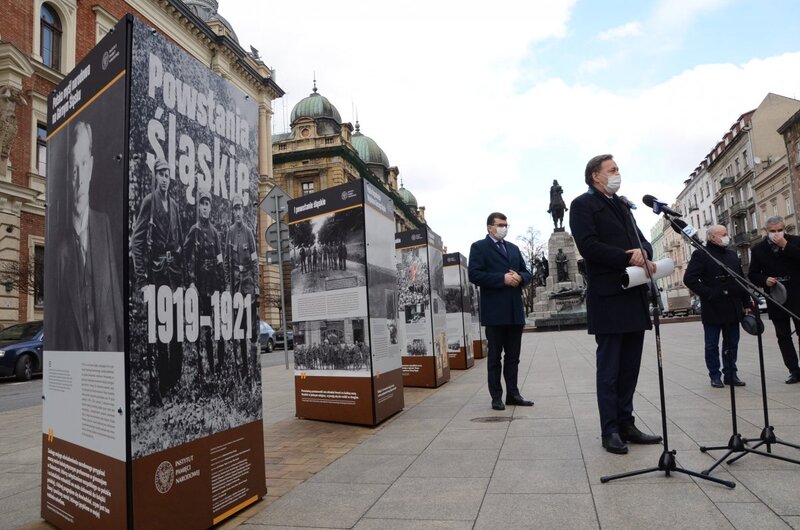On Saturday, 20 March, the Jan Matejko Square in Cracow saw the first presentation of the IPN’s new exhibit devoted to the Silesian Uprisings. At noon, a briefing for journalists took place there, attended by the President of the Institute of National Remembrance, Jarosław Szarek, the Małopolska Province Governor Łukasz Kmita, advisor to the Silesian Governor Czesław Sobierajski, heads of the IPN’s branches in Katowice and Cracow Andrzej Sznajder and Filip Musiał, as well as the panels’ author, Aleksandra Korol-Chudy. The event opened a series of the Institute’s exhibitions devoted to the Silesian Uprisings, which are to be shown in all cities in the region.
“1919-1921: Silesian Uprisings” was prepared by the Katowice branch of the National Education Office, and consists of fifteen panels, chronologically outlying the most important events in the years 1918–1922, the period when the future of the region was being decided. The end of World War I, the first and second Silesian Uprising, the Upper Silesian plebiscite and the earlier propaganda campaign, the third Silesian Uprising, and finally the division of the region and takeover of a part of Upper Silesia by the Polish administration are the milestones of this story.
After World War I, the Treaty of Versailles of 28 June 1919 ruled that the future of Upper Silesia – until then a part of Germany – would be decided through a plebiscite, in which the region inhabitants would vote in favour of living within the borders of either German or Polish state. In the Upper Silesian plebiscite area, a propaganda campaign was launched by both sides to convince the undecided. The dramatic course of the conflict over Upper Silesia resulted in the outbreak of three armed uprisings of the local Poles.
-

The opening of the "1919-1921 Silesian Uprisings" exhibit in Cracow -
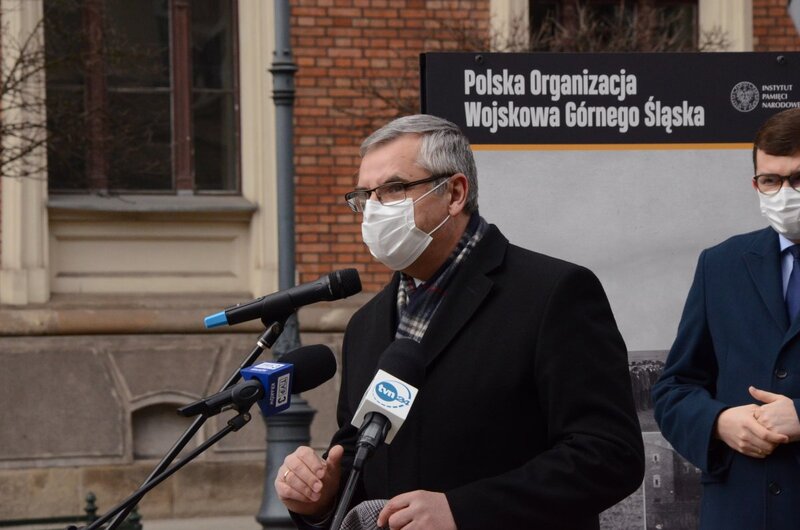
The opening of the "1919-1921 Silesian Uprisings" exhibit in Cracow -
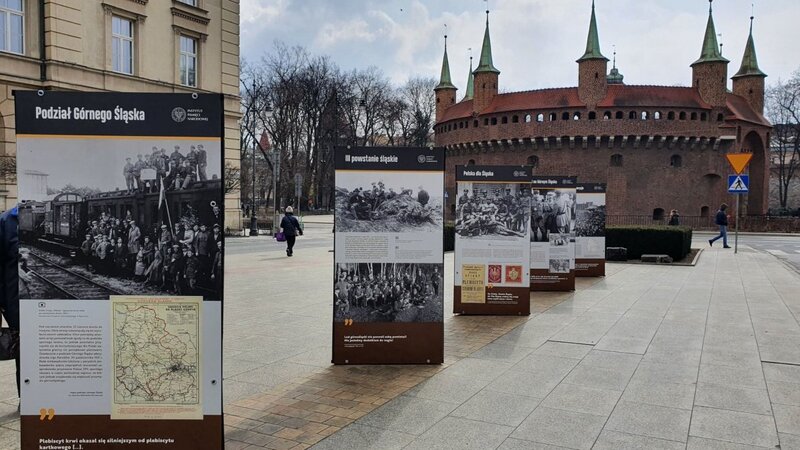
The opening of the "1919-1921 Silesian Uprisings" exhibit in Cracow -
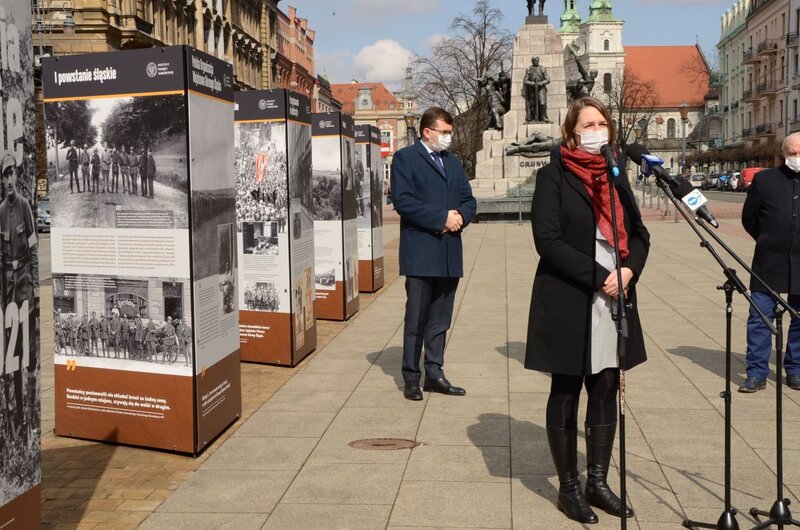
The opening of the "1919-1921 Silesian Uprisings" exhibit in Cracow -

The opening of the "1919-1921 Silesian Uprisings" exhibit in Cracow -

The opening of the "1919-1921 Silesian Uprisings" exhibit in Cracow -

The opening of the "1919-1921 Silesian Uprisings" exhibit in Cracow -
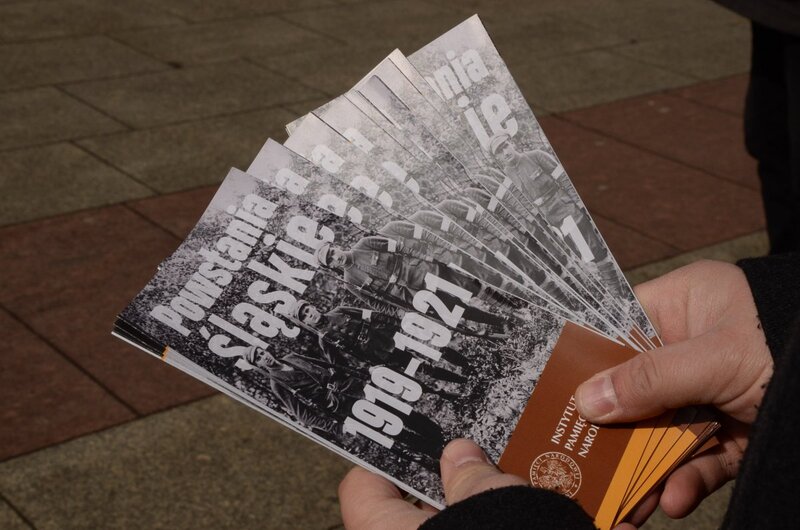
The opening of the "1919-1921 Silesian Uprisings" exhibit in Cracow -
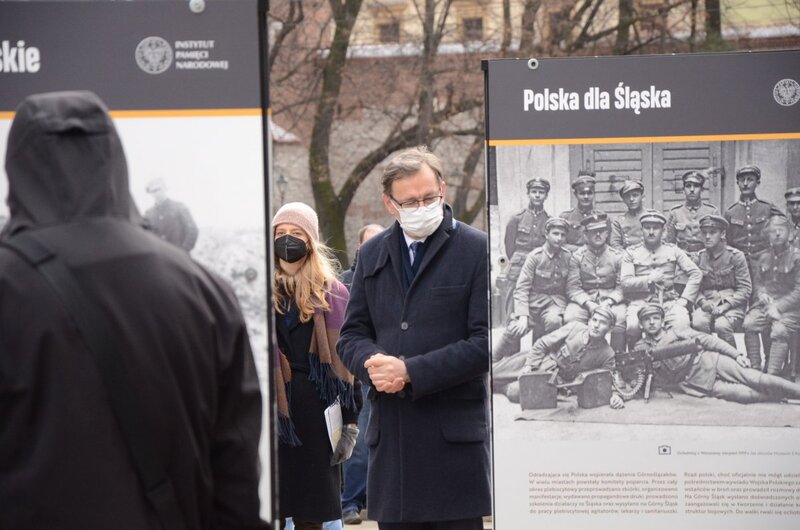
The opening of the "1919-1921 Silesian Uprisings" exhibit in Cracow -
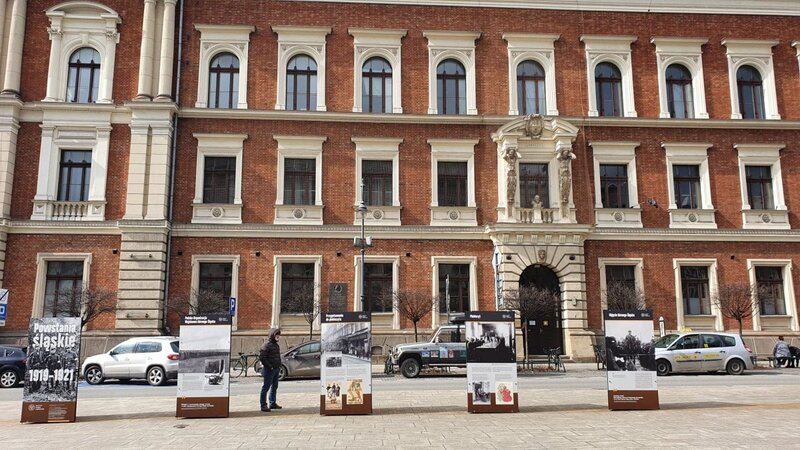
The opening of the "1919-1921 Silesian Uprisings" exhibit in Cracow -
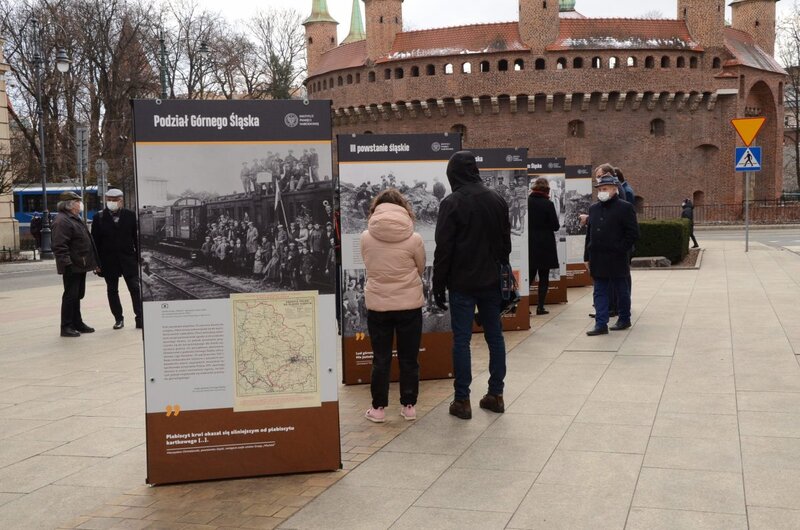
The opening of the "1919-1921 Silesian Uprisings" exhibit in Cracow -
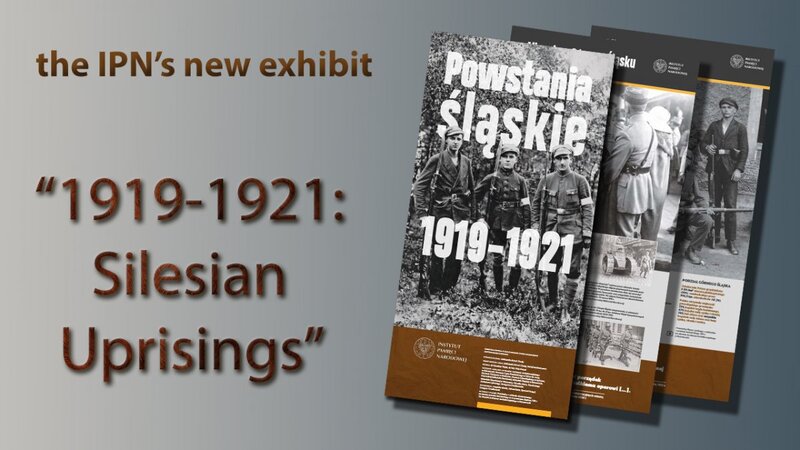
“1919-1921: Silesian Uprisings” exhibit image
